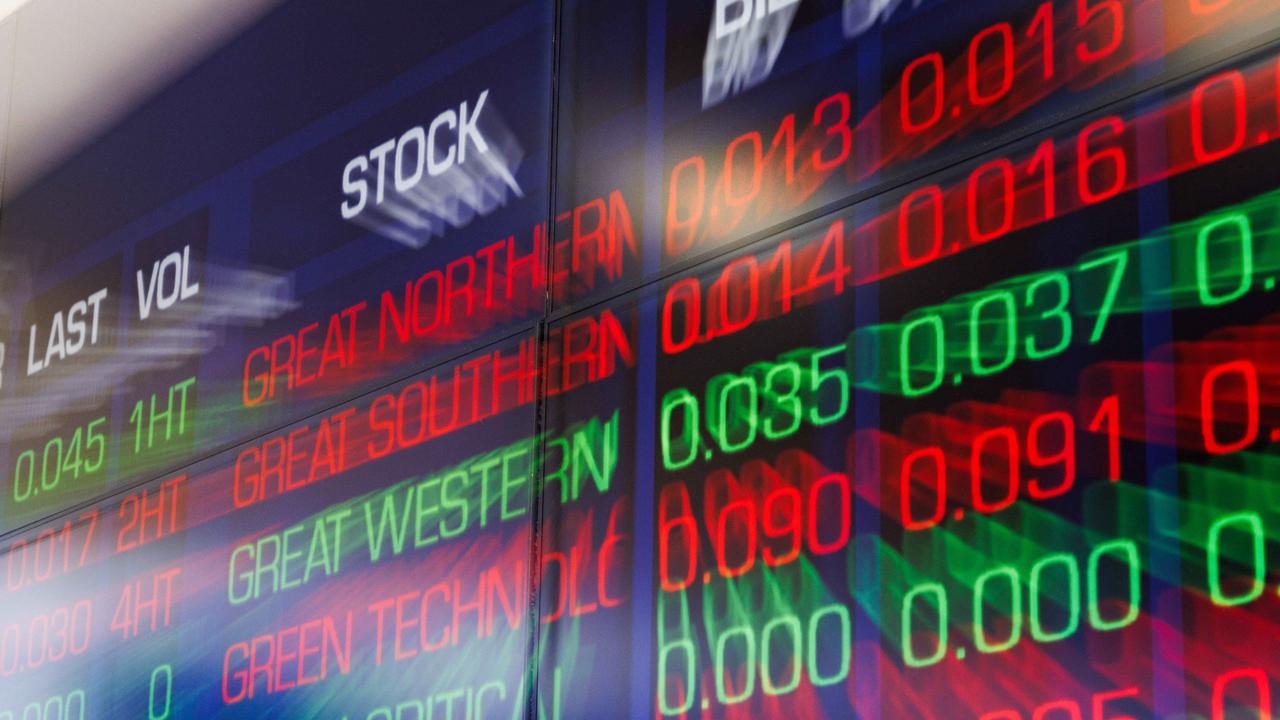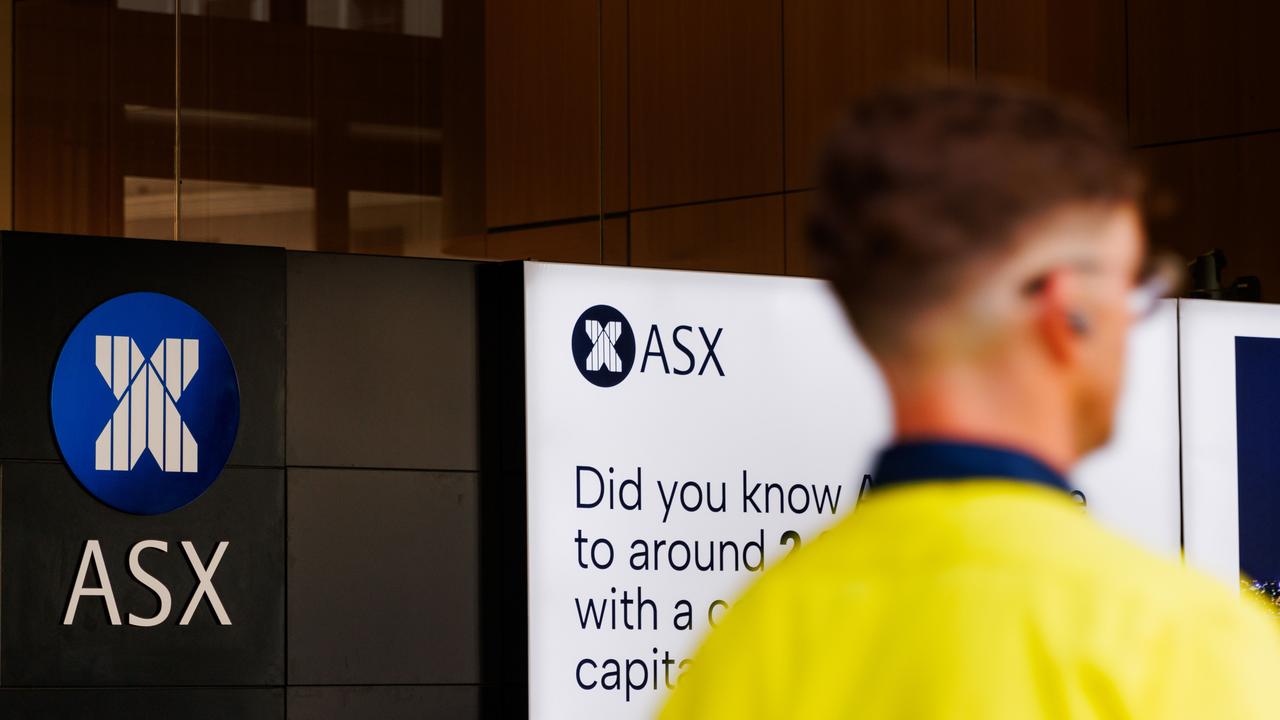Why the Aussie dollar is at a three-month high
With the Aussie dollar sitting at three-month highs, it’s good news for those planning a trip to the US, but what’s driving the gains?
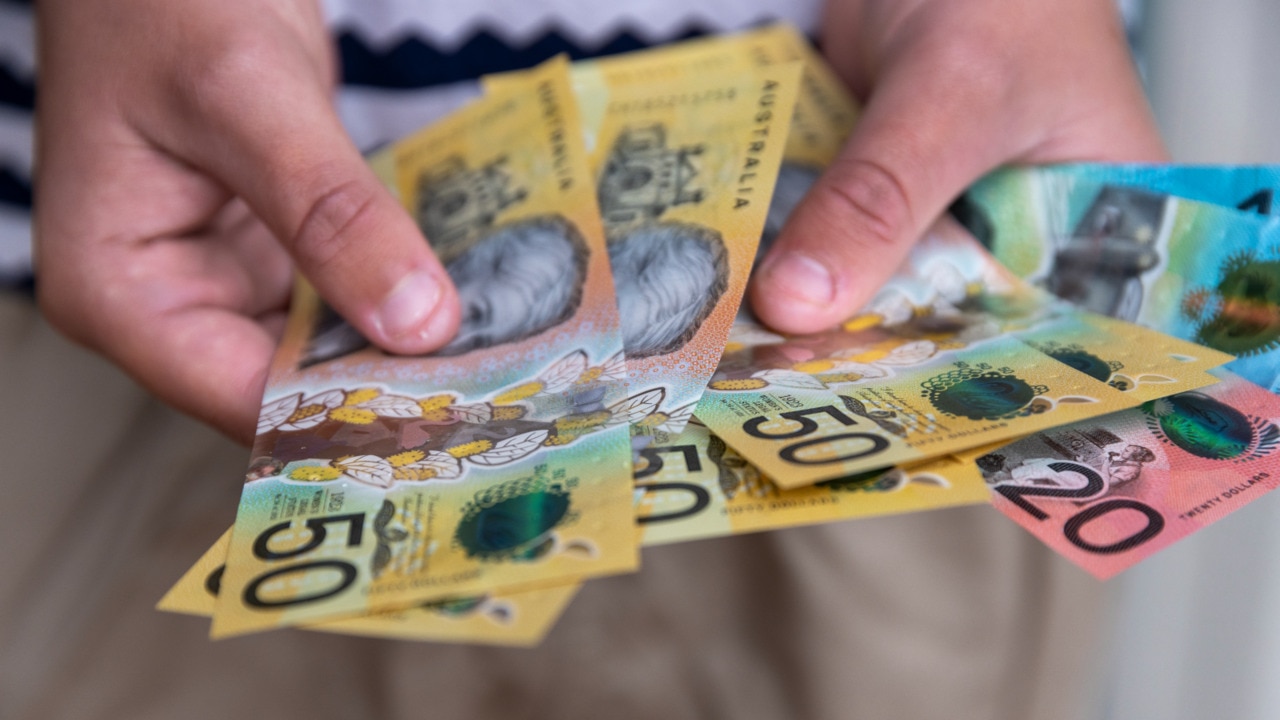
Australian Dollar
Don't miss out on the headlines from Australian Dollar. Followed categories will be added to My News.
For anyone planning a trip to the US in the coming months, the sudden and substantial increase in the Australian dollar will come as welcome news.
Against the US dollar, our currency has added nearly 5 per cent over November, the biggest monthly gain in 2023, to buy about US66.20c.
On Tuesday, the Australian dollar reached its highest level since late July, briefly hitting US67c in offshore trading before easing lower.
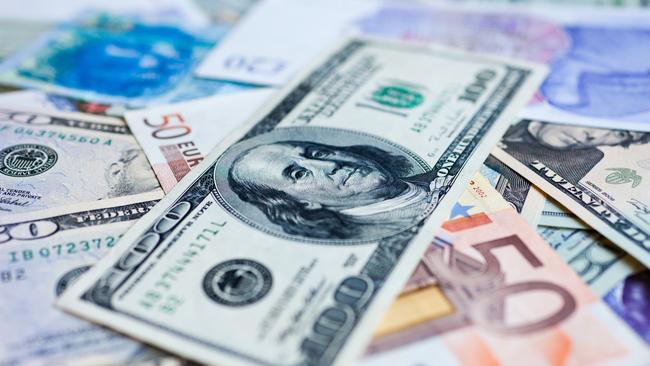
Although local factors play a role in the Australian currency’s recent appreciation, the primary reason for the jump in the dollar can be attributed to the slide in the greenback rather than domestic conditions.
Indeed, measuring the US dollar relative to a basket of foreign currencies, weighted by trading partnership, the greenback has experienced a decline of more than 3 per cent this month and is sitting at three-month lows.
This measure, known as the DXY, dropped half a per cent on Tuesday when Federal Reserve governor Christopher Waller added his voice to the growing number of policy makers who appear increasingly comfortable with the path taken by the Fed.

The US has made strong progress on taming price pressures. While the US inflation rate peaked at 9.1 per cent in June last year, it has fallen to just 3.2 per cent in October and appears on track to hit Fed’s target of 2 per cent.
Mr Waller, who has firmly been at the “hawkish” end of the spectrum on the Fed’s board – meaning he regularly voted to increase interest rates – said there would be no point of further rate hikes if prices continued to retreat.
“I am increasingly confident that policy is currently well positioned to slow the economy and get inflation back to 2 per cent,” Mr Waller said.
“I am encouraged by what we have learned in the past few weeks – something appears to be giving, and it’s the pace of the economy.”

Mr Waller added that if inflation kept falling, there could be room to cut interest rates in three to five months’ time.
Futures markets are now showing rates cuts being priced in as early as May next year.
Back home and our inflation story is rather different.
Locally, our Reserve Bank is still signalling a chance of further rate hikes in the months ahead. While money markets are pricing in a 5 per cent chance of a rate hike when the central bank meets on December 5, there is still a two in five odds of further tightening by March.
Just as importantly, traders don’t expect rate cuts until at least September 2024.
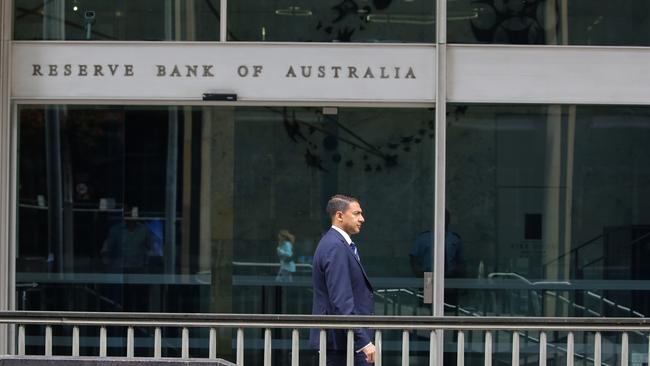
The RBA added another 25 basis point to the official cash rate in November, while the Fed hasn’t hiked rates since July.
It’s this difference in the interest rate outlook between Australia and the US that makes our local currency more attractive, increases demand, and pushes its value higher.
Commodity price boom
Surging prices for Australia’s commodity exports have also helped lift the Australian dollar.
On hopes of a fresh round of stimulus from Beijing to help reboot China’s embattled economy, iron ore prices are sitting near record highs of $US130 a tonne.
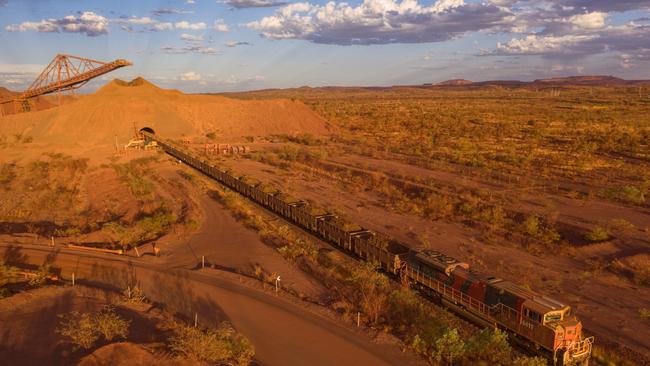
Higher prices for our commodity exports mean more Australian dollars are required to purchase the same quantity of them, inflating demand and increasing the local currency’s value.
And with analysts predicting that iron ore could push towards the $US150 a tonne in the new year, its effect on the dollar may only become stronger.
What does a strong Aussie dollar mean for us?
For Australians who aren’t jetting to the US, the strong Aussie dollar will lower the cost of goods and services brought in from overseas. With households facing a painful squeeze as their real incomes are crunched, lower imported prices will bring much needed help to the hip pocket.

Similarly, businesses that rely on imports from overseas will also face lower costs to purchase products.
But it’s not all good news.
For Australian companies that export or sell their goods and services abroad, the news is not so great. The strong exchange rate poses challenges as it reduces their competitive edge, making it harder to price their products competitively in foreign markets.
Additionally, businesses may receive their revenue in weaker foreign currencies, reducing their earnings.
Originally published as Why the Aussie dollar is at a three-month high

